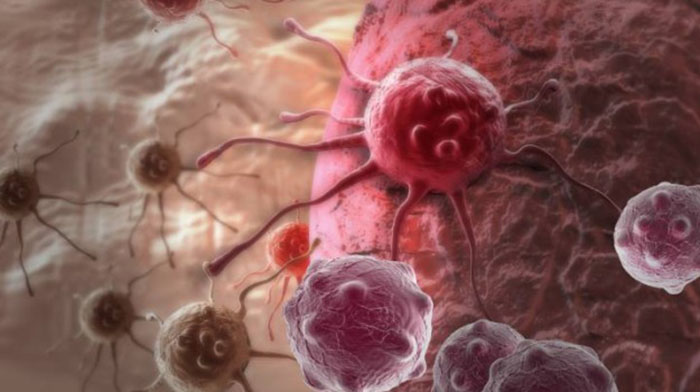Human trials of the Crispr-Cas9 gene-editing technique are already underway in China and are due to start in the US next year.
One of the supposed strengths of the system is that it allows specific sections of the genome to be targeted.
This prompted one expert, Dr Edze Westra, to predict earlier this year that it would be used to “cure all inherited diseases, to cure cancers, to restore sight to people” by adding, deleting or repairing genes.
Writing in the journal Nature Methods, researchers in the US described how they had used Crispr-Cas9 to restore sight to blind mice.
However, when they then sequenced the entire genome of the animals, they found two had more than 1,500 small mutations and more than 100 larger deletions and insertions of genetic material.
One of the researchers, Professor Stephen Tsang, of Columbia University, said: “We feel it’s critical that the scientific community consider the potential hazards of all off-target mutations caused by Crispr.
“Researchers who aren’t using whole genome sequencing to find off-target effects may be missing potentially important mutations.
“We hope our findings will encourage others to use whole-genome sequencing as a method to determine all the off-target effects of their CRISPR techniques and study different versions for the safest, most accurate editing.”
He added that even a small change – even affecting a single nucleotide, the basic building block of DNA – could have a “huge impact”.
Previously, scientists have used a computer algorithm to highlight areas of the genome most likely to have been damaged inadvertently and then examine those sections of DNA alone.
The researchers said these algorithms “seem to do a good job” when Crispr was used on tissues in the laboratory, but full genome sequencing was required when dealing with live animals.
The mice used in the study had a gene that causes blindness and Crispr was used to correct this.
While hundreds of mutations were discovered – none of which were predicted by the algorithms – the mice themselves did not appear to be any worse for wear.
And the researchers said they were still confident that gene-editing would be medically useful.
Professor Vinit Mahajan, of Stanford University, who also took part in the research, said: “We’re still upbeat about Crispr.
“We’re physicians, and we know that every new therapy has some potential side effects – but we need to be aware of what they are.”
They are now trying to improve the targeting and cutting techniques used by the Crispr system.
More about: #cancer
















































